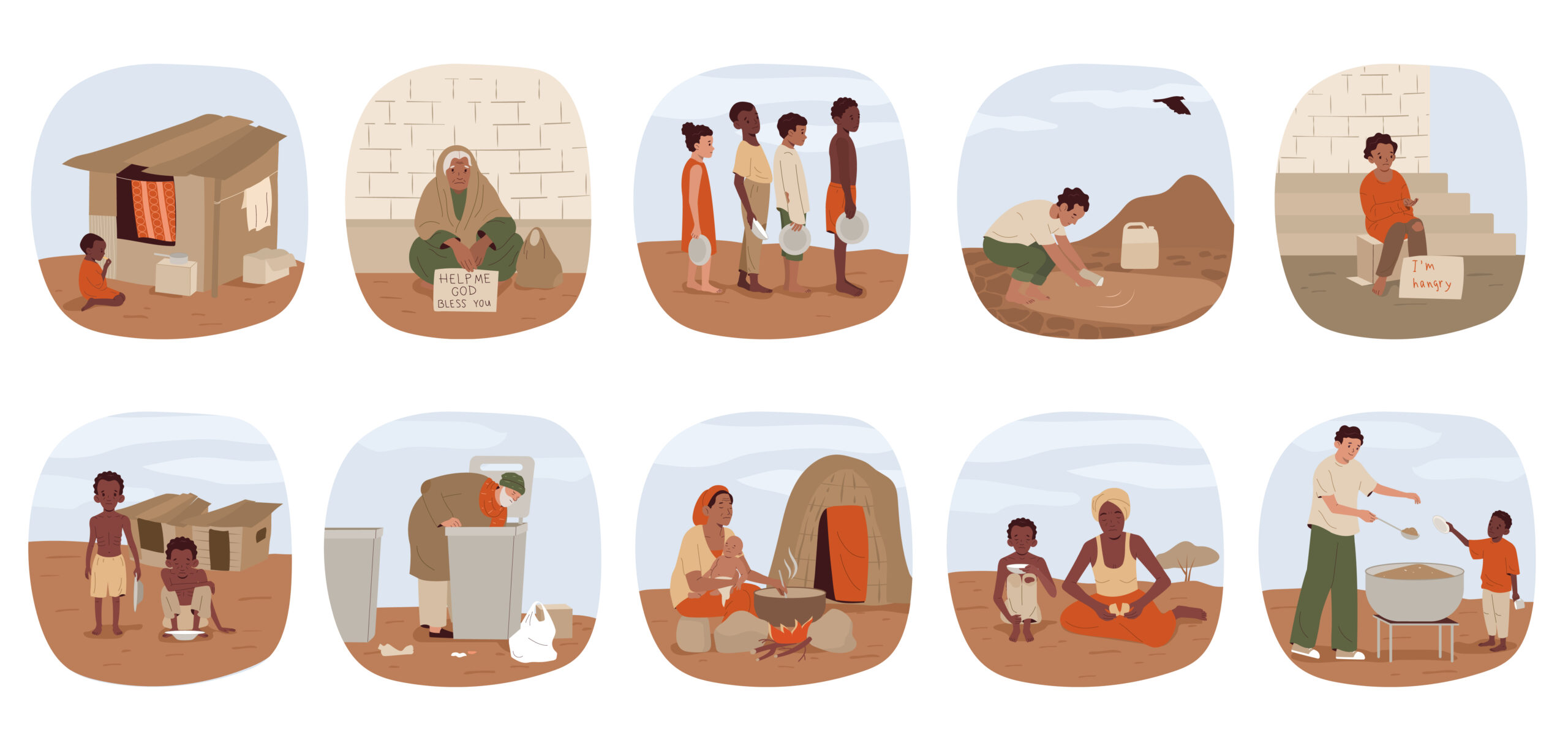IS THIS THE ANSWER TO AFRICAN FOOD INSECURITY?

Food insecurity is a major issue that too many African people face on a daily basis. But there are ways we can contribute to changing the current trajectory the continent is on, says Sipamandla Manqele, Founder of Local Village Foods. Here she discusses some insights around how African Wholefoods could hold the key to unlocking increased food stability for the world’s most vulnerable.
The world we live in today is a very different one to the world that is committed to the goal of ending hunger, food insecurity and all forms of malnutrition by 2030. Although optimistic at the time, the reality we have to collectively face is that the goal simply cannot be achieved in that time frame. In fact, compared with 2019, 46 million more people in Africa were affected by hunger in 2020. In South Africa alone in 2021, 2.5 million adults and 600,000 children experienced perpetual hunger – hunger every day or almost every day.
What Does Food Insecurity Mean?
Food insecurity does not simply mean access to food though. It also applies to challenges such as poverty, conflict, population growth, climate change and the ongoing effect of Covid-19. To make matters worse, the agricultural production required creating long-term food and nutrition security is at risk: droughts, floods, and other forms of extreme weather are leading to deforestation and desertification.
But Africa has the potential to change all of the above because of its large share of uncultivated agricultural land. If the potential of this can be fully harnessed, African agri-preneurs could be the saving grace for many desperately hungry families.
So where should we begin? When crops fail due to climate, socioeconomic or pandemic related reasons, countries have to import critical foodstuffs, such as maize, wheat and rice, which bolster the prices. Instead of relying on these crops that are in high demand globally we should be looking at indigenous African wholefoods that thrive in the arid climate due to their hardiness, drought- resistance and low water requirements when compared with other crops.
Sorghum, for example, has many uses as a food and beverage, and has similar levels of macronutrients, vitamins, minerals and dietary fibre to other grains. What is unique about sorghum however, is its health-promoting attributes. The starch in sorghum food tends to digest more slowly than that of other grains, meaning that sorghum based food is satiating and provides sustained energy. In addition, slowly digestible starch does not cause the spike in blood glucose linked to the development of Type 2 diabetes. It has many other health benefits, and is gluten free. And that is simply one of many indigenous African superfood choices.
The potential for farming indigenous African produce to be the driver of economic development is enormous. So, if these kinds of products are easier to farm and can essentially feed more people for less cost, why are we not seeing them being farmed and consumed more often? Quite simply, many of them are not considered a basic product. This means they’re not consumed by many households which, based on the laws of supply and demand, pushes the price up.
In South Africa, farmers aren’t subsidised by the government to grow these types of crops; they’re not incentivised and consumers are charged VAT on many of these products. These are all massive inhibitors. This is where the Department of Agriculture needs to be stepping up to play an advocacy role with the Treasury and in addition a support role in terms of infrastructure and financial support to farmers.
The private sector has a role to play too by recognizing the need for collaborative efforts in expanding the agriculture and agribusiness sector. This could be by developing partnerships with farmers to start incorporating these alternative ingredients into food production so that the products become available on shelves and the demand for them increases – meaning a price drop. The sector also needs to participate in initiatives with NPOs to help finance, educate and support the new entrant farmers.
But, probably the most important consideration currently is awareness. Local Village Foods, for example, cooperates with farmers who supply products ranging from grains, to gluten free flours, to superfood powders, which can then be used to create products like pasta, snack bars, healthy treats and so forth, using these various commodities. If we focused as a country, as a people, on producing these ingredients then we would not have to rely on crops with price points that are steadily increasing, and which are being hoarded globally due to their high demand.
“We need to collectively advocate for the farming and use of these products so that interest grows, and in turn the category can grow. Imagine if instead of using maize, hospitals used sorghum, or if school feeding programmes used indigenous crops instead of rice, and farmers were subsidised and supported to start growing these crops. We would no longer have to rely on global food chains to give us commodities when we have alternatives that we can produce ourselves.
“We can make a difference and begin to fight back against food insecurity, but it is up to each of us individually to work together to change the collective mindset and bring African crops to the tables of African people,” Manqele concluded.

